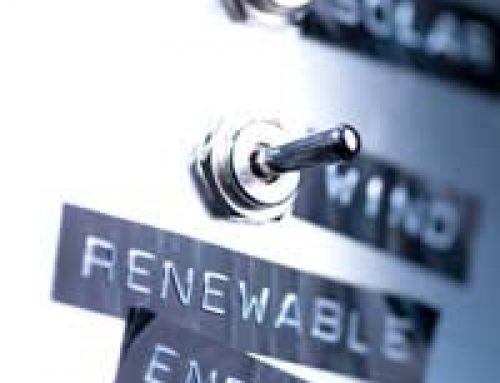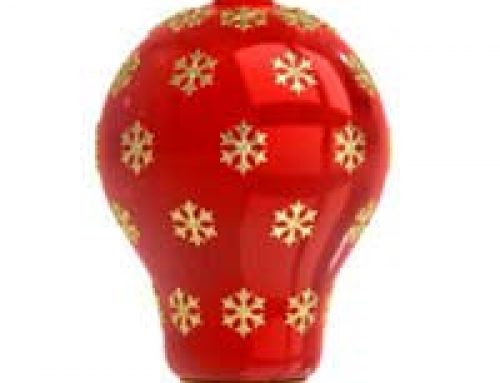
Talk of embedded – or embodied – energy is something that anyone trying to do their bit to improve both environment and personal economics comes across sooner or later and it’s an interesting concept. The basic idea is a simple one – it’s a measure of the total energy required to make any given product, get it to its point of use and then dispose of it at the end of its useful lifetime.
It is commonly used, for instance, as a means to compare the eco-friendliness of building materials – concrete for instance has a high embedded energy level, while the value for straw or wood is significantly lower – and it’s possible to extend the notion to produce the “total embodied energy” for a whole house. Unfortunately, fascinating though it sounds, this often tends to be around the point at which what started off being a fundamentally easy concept to understand becomes considerably more complicated – and the reason for that is all to do with how and what you measure.
Making Comparisons
Embodied energy is measured in megajoules per kilogramme – MJ/kg – making it relatively simple to compare materials on the basis of how much energy is bound up in them and it can be used for a whole range of products. Take the example of typical drinks containers, for instance:
- Glass bottle – 14 MJ/kg
- Steel can – 23 MJ/kg
- PET bottle – 84 MJ/kg
- Aluminium can – 200MJ/kg
It isn’t hard to see that glass is the clear eco winner. No surprises there – everyone knows that producing aluminium is a massively energy-intensive process, but hang on a minute! It’s not that simple. That glass bottle weighs 20 times more than an aluminium can; if you compare them instead on the amount of each material required to hold a litre of drink, a rather different picture develops:
- Glass bottle – it takes 440g of glass to hold one litre, which works out as the equivalent of 8.2MJ of embodied energy per litre.
- Aluminium can – needs only 45g of aluminium, which leaves the can looking much less energy-hungry, now down to 9MJ per litre.
Incidentally, the out-and-out winner on this basis is the steel can at 2.3MJ per litre, with the PET bottle in second place on 5.4MJ – all according to Cambridge University ImpEE figures.
Getting a Bit Silly
Critics of the idea have sometimes asked how far you should go. When you’re deciding how much energy goes into manufacturing a product, should you count a percentage of the energy used to heat the factory too? What about the energy for lighting it, or that the workforce uses to get to work in order to be able to make it – or in running the canteen that helps keeps them fed while they do?
If you carry on in this vein, of course, it doesn’t take long to realise that it’s all getting a bit silly – but it does raise an important question. When it comes to determining any product’s embedded energy, what do you include? The problem is, almost nobody entirely agrees.
Using the Idea
Looking at embodied energy is a little like the thing about food miles; it’s a useful way of getting the idea across and it can be a helpful way to compare different materials and discuss their relative merits, but it probably shouldn’t be pushed too far.
On those occasions when you really are comparing like with like – the type of insulation you’re going to use in your loft, for instance – then there’s a lot to be said for considering how much energy is wrapped up in making the stuff in the first place. When it gets to be something made of significantly different materials – or, like a house, formed from a whole shopping list of them – then the embedded energy concept is likely to be less helpful and certainly far more complicated for the average energy saver to begin to assess accurately.
It’s simply a case of horses for courses!




